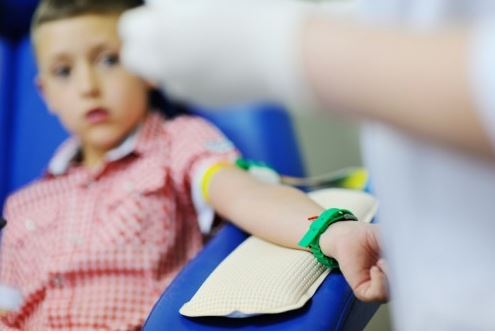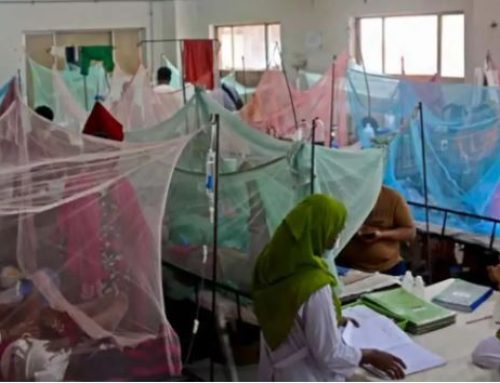Project Description
Author: Khatun et al.
Summary:
Pre-school children are vulnerable to iron deficiency anemia (IDA). As most of the testing tools to detect IDA rely on markers involving high costs, hence cheaper and easier potential screening tools are warranted. The objective of the study was to identify the discriminative ability of red cell distribution width (RDW) for detecting ID among children aged up to 5 years in our settings.
A cross-sectional approach was adopted to conduct the study based on the data collected from the Barind Medical College, Rajshahi. The study duration was for six months. Children aged up to 60 months were included in this study. A total of 200 children were enrolled after getting informed written consent from their parents. A case record form was used for data collection. Both sociodemographic characteristics and investigation details were recorded. A serum ferritin level of less than 12 µg/l was considered as confirmatory for iron-deficiency. The collected data were analyzed by SPSS V-21. Ethical measures were taken in accordance with the current Declaration of Helsinki.
Result: The mean age of the studied children was 27.28±15.29 (SD) months. Male children accounted for three-fourths of the studied children. Of all, 9.5% of the children were malnourished according to World Health Organization (WHO) criteria. The frequency of anemia and iron deficiency was 55.5% and 23.5% accordingly. The mean red cell distribution width (RDW) was 32.71±4.78 (SD)%, and the mean serum ferritin level was 55.07±91.07µg/l. RDW was significantly higher in children with low serum ferritin levels (19.21 µg/l Vs 15.10 µg/l, p<.05). Receiver operating characteristic (ROC) curve acceptable diagnostic property of RDW with 72.3% sensitivity and 73.2% specificity at a cut-off value of 16.96%. A strong negative linear relationship was also observed between RDW and serum ferritin levels among children with iron deficiency (r=-616, p<.001).
Conclusion: RDW was higher among children with low serum ferritin levels. However, further study is warranted before using it in a clinical or community setting.
Status: Ongoing
Full text link: Not available



